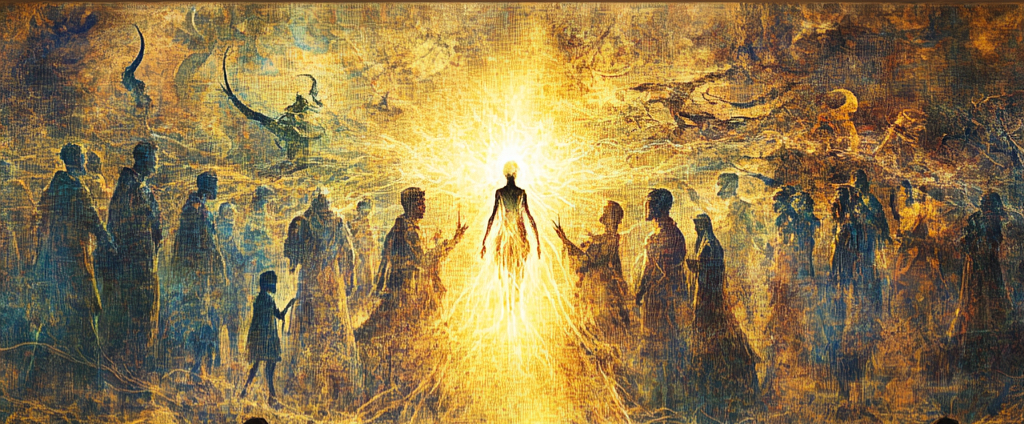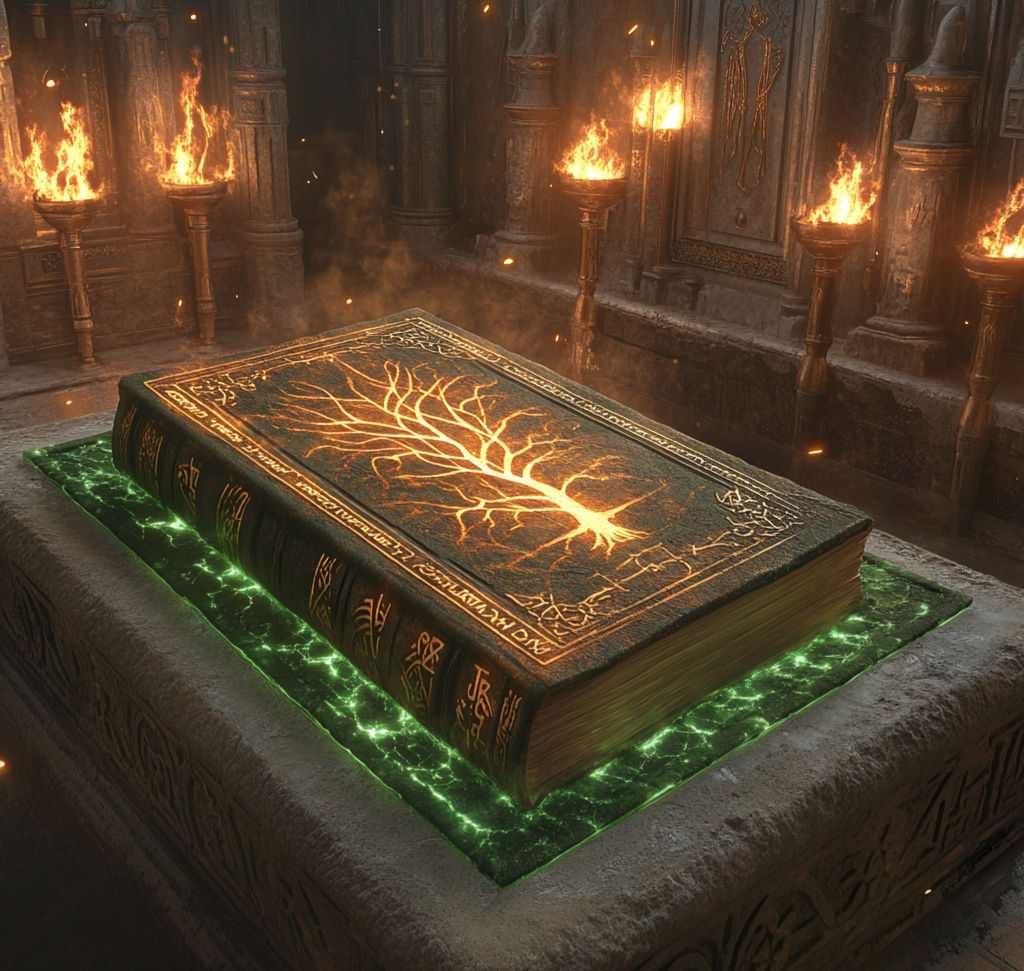Birth Customs
Elements of Birthright and Bloodline
In Sangrithar, the birth of a child is more than a celebration of life—it is a pivotal event with deep magical, social, and political ramifications. Because only the firstborn child of a union can inherit the Spark,births are viewed with both reverence and as high stakes. The firstborn becomes a family’s sole hope of continuing their bloodline’s magical legacy. Yet Spark is not a guarantee of survival, nor of strength. Even the most prestigious pairings may produce children whose magical, mental, or physical aptitude is underwhelming. And herein lies a critical truth, often unspoken yet universally understood:
If a Spark-bearing firstborn dies before both parents, the Spark may once again be passed on to a future child.
This single fact shapes the reproductive strategies and cultural practices of noble families across Sangrithar.
The Heir’s Precarious Role
In some societies, particularly urban centers like Orravyn and Armonia, families delay the birth of second children, hoping to avoid "wasting" the chance to reproduce a Sparkheir immediately should their firstborn perish. Highborn couples frequently raise their Sparkheir in cloistered safety, while remaining prepared—emotionally and logistically—for the possibility of a second magical heir should tragedy strike.
Other cultures are more pragmatic—and darker—in their calculus. Within certain regions on the Lazari Plains and among militant factions of the Indovene Confederacy, weaker Sparkheirs are assigned to the most dangerous civic or military duties where survival is improbable. Such actions are never officially sanctioned, but the strategic “clearing” of a Sparkheir is a known phenomenon. Families justify this practice by claiming devotion to public service or tradition, but the underlying goal is to make room for a stronger heir.
Emarian Spark-Culling
Nowhere is this logic more openly pursued than in the Emarian Moors, where the Yolena's necromantic monarchy values power over sentiment. Families deliberately eliminate weak Sparkheirs before adolescence, cloaking the act in ritual or claims of magical “imbalance.” Some are offered as living sacrifices to the necromantic rites of Yolena Emari’s court; others are volunteered for service in The Threnai.
These Spark Cullings, as they are known outside the Moors, are seen by Emarians not as cruelty, but as a pruning of magical potential. Emarians believe the power of a Sparkheir is too important to allow weak manifestations of Bloodlines to exist.
Remove these ads. Join the Worldbuilders Guild










Comments